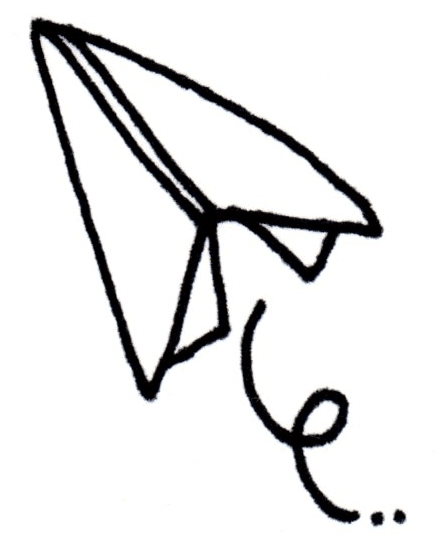Clothing an eczema baby: Eczema friendly fabrics



What can you do for your itchy little one when it comes to dressing them? You’ll be surprised at what a difference fabric choice makes to a child’s comfort. Here’s our guide to eczema friendly fabrics to look out for when clothing an eczema baby. Our funky scratch mitts and baby PJs are crafted from the best fabrics for eczema babies: cotton and silk.
Cotton – one of the most eczema friendly fabrics
Cotton is particularly comfortable to wear for children with eczema. The loose material doesn’t aggravate the skin and lets it breathe easy. However, it is prone to absorbing moisture. Damp cotton can irritate the skin if your child is sweaty. The material is better than using synthetic fabrics or wool, but silk is fast becoming a better alternative.
The National Eczema Society recommends choosing fabrics that are as close to 100 per cent cotton as possible. They recommend avoiding textiles marketed as ‘cotton-rich’ which usually contain a significant amount of polyester.
Silk
As well as feeling soft and looking beautiful, silk is very beneficial for eczema in children. Silk is naturally anti-microbial which reduces the risk of infections in eczema prone skin. A study published in the British Journal of Dermatology titled ‘Clinical effectiveness of a silk fabric in the treatment of atopic dermatitis’. This study took 46 children and randomised them into two groups. One received special clothing, while the other control group wore cotton clothing. The only medication used was moisturiser. After just one week there was a significant improvement of eczema in the children wearing silk and there was no change in the cotton group. The study concluded that ‘the use of special silk clothes may be useful in the management of AD in children.’
Wool – usually one to avoid
Even non-eczema sufferers can find woolly jumpers itchy. For eczema sufferers, wool is usually a real no-no. The itch occurs when the ends of some wool fibres push against the skin, resulting in nerve endings in the skin being stimulated. This can cause skin irritation and scratching which leads to the release of histamines in your skin, inflammation and yet more itching. Some woollen clothing can also contain traces of natural lanolin which is a common eczema trigger.
However, a study conducted in 2012 examined the effects of superfine merino wool in children aged from four weeks to three years old that had moderate to severe eczema, and found the results to be positive. The small study was carried out with 39 patients over a 12-week period and found that eczema symptoms improved in those wearing the superfine merino wool when compared to the control group who were wearing cotton. The study concluded that ‘superfine merino wool may assist in the management of childhood atopic dermatitis’. This obviously needs to be balanced with the cost of merino wool and the practicalities of washing.

Fleece
While the received wisdom is that fleece can irritate eczema-prone skin, our eczema baby was absolutely fine with light polar fleece fabrics. A number of our customers have reported similar experiences. The biggest risk with fleece fabrics is that of getting too hot, which can make eczema prone skin itchier. Other possible problems with fleece are its bulkiness, which can make for uncomfortable bunching around the elbows, shoulders and knees; and the fuzz of the fleece catching on dry skin, although this is usually only a problem with looped rather than cut finish fabrics. In our opinion, clothing made of thin fleece fabrics is worth trying for your eczema child, especially as a lightweight but cosy top layer on spring or autumn outings.
Specialist eczema friendly fabrics
Specialist synthetic fabrics have been developed with sensitive skin in mind. The smooth nature of these fibres may work better for some eczema sufferers. The chief drawback is the price of specialist eczema clothing made from these fabrics. However, if your child’s eczema is severe, base layers made of specialist fabrics may make a really big difference.
These fabrics include Tencel and Tepso. While they can be beneficial they do come at an environmental cost. Not only do they only take significant energy to produce, but they are also slow to degrade when they are done with. Our view is that given children grow so quickly and often don’t wear out their clothes, these fibres are probably best kept for adult clothing. This is why we stick to using the naturally occurring eczema friendly fabrics of cotton and silk, across the ScratchSleeves range.
Fabrics to avoid
Regular synthetic materials such as nylon, rayon and polyester tend to be warmer which can cause itchiness and prolong the effects of eczema so are best avoided.
Read more about clothing eczema babies and children.
Our sources
- Ricci G et al. Clinical effectiveness of a silk fabric in the treatment of atopic dermatitis. 2004. https://pubmed.ncbi.nlm.nih.gov/14746626/
- Su J. et al. Determining Effects of Superfine Sheep wool in INfantile Eczema (DESSINE): a randomized paediatric crossover study. 2012. https://pubmed.ncbi.nlm.nih.gov/28182252/
- https://eczema.org/information-and-advice/triggers-for-eczema/clothing-and-eczema/
Here at ScratchSleeves, we don’t just share our experiences of bringing up an eczema child and favourite allergy-friendly recipes, we also manufacture and sell our unique stay-on scratch mitts and PJs for itchy babies, toddlers and children. We now stock sizes from 0-adult years in a range of colours. Visit our webshop for more information.
The Calm Skin Guide
Love our blog? It's also available in book format with:
- First hand accounts from parents & medical professionals
- Easy navigation
- Comprehensive index
- Additional material
Signed copies available at no extra cost
Written by:
Interesting article? Don't keep it to yourself...
Read next...
You may also find helpful...
Quick buy


Multi Buy Discount

Spend between £30 - £60 and save 5%
Spend between £60 - £120 and save 10%
Spend over £120 and save 15%
Discount automatically applied at checkout
No Quibbles Guarantee

ScratchSleeves abide by a no quibbles guarantee.
Free UK Postage

Free packing and postage on all UK orders. For overseas orders to Europe postage is from £3.50, to USA is £6.50 and to the rest of the world, from £3.75.






